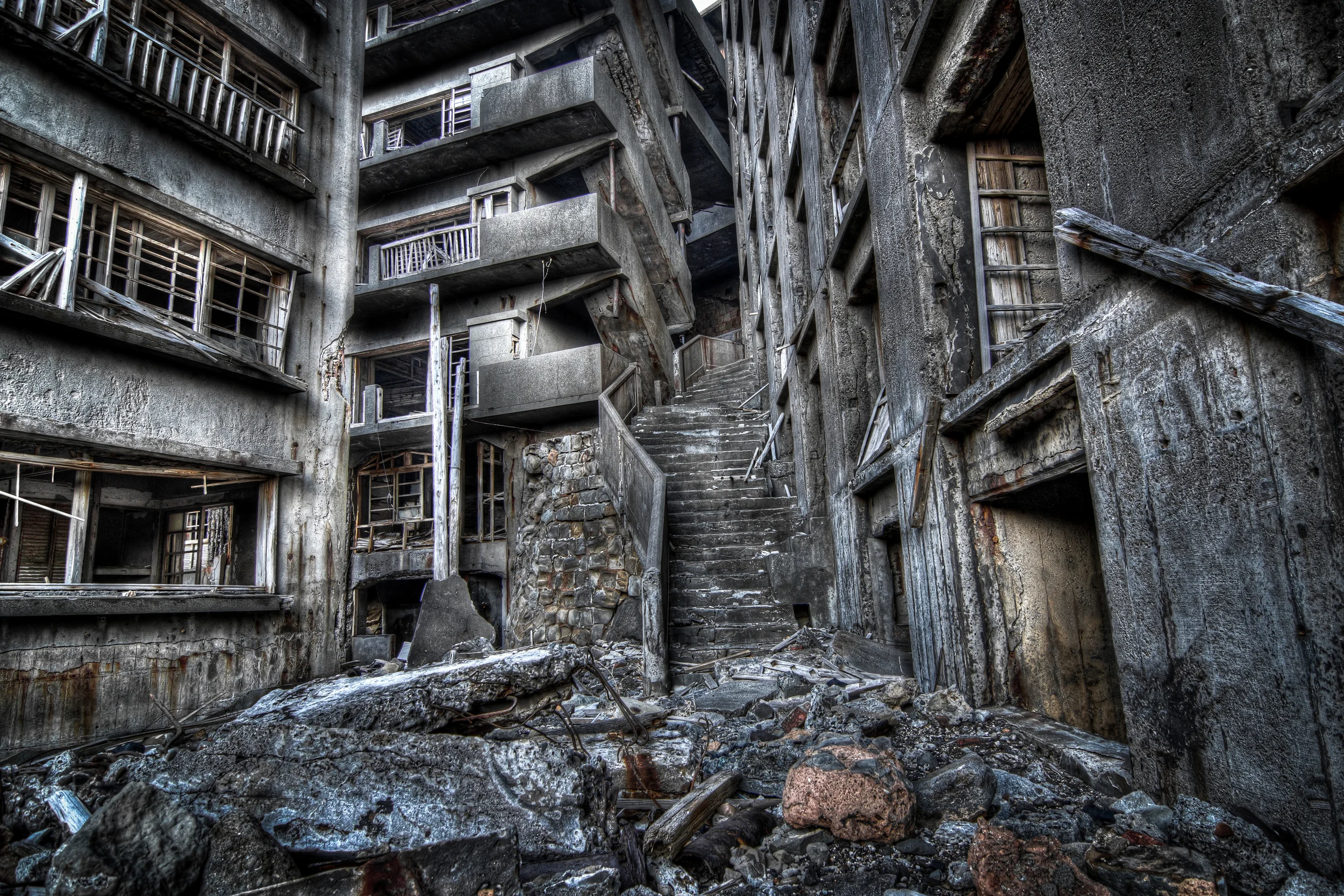In several English-language histories, the war of 1937-45 in Asia still derives its historical significance as the ‘War in the Pacific’, an extension of the conflict in Europe. But of the 24 million people who lost their lives in the region from 1937 to 1945 an estimated 98% were non-Allied personnel. The extreme trauma unleashed across Asia by this conflict generated a range of wartime genres through which contemporaries reported, recorded and sought to make sense of the carnage.
Some of these sources were circulated at the time; others took form years after the conflict; some reflect the way the state perceived and portrayed the war; others reveal the individual grappling with the reality of the battlefield or the complexities of resistance and collaboration; many provide an insight into the mobility and social transformations that the conflict generated. The collection, translation and analysis of these sources enables us to document the forgotten voices of the war of 1937 to 1945, and to (eventually) assess the convergences and contrasts in its popular experience.
Wartime Migrations
Maria Framke (ETH Zurich), ‘And one did not come back': the politics and portrayal of wartime Indian humanitarianism in China. Read More
Zach Fredman (Boston), China’s wartime interpreters in the China-Burma-India theater. Read More
Vivienne Guo Xiangwei (King’s College), From Shanghai to Wuhan: migration and unification of Chinese women intellectuals in the Second World War. Read More
Under Occupation
Rebecca Kenneison (Essex), ‘The Lion of Malaya': Insights into civilian resistance. Read More
Rebecca Kenneison (Essex), John Creer’s report: The Guomindang guerillas of Japanese-occupied Malaya. Read More
Sven Matthiessen (Heidelberg), The KALIBAPI-Party and Japanese Pan-Asianism in the Philippines, 1942-45. Read More
Takuma W. Melber (Mainz), “We must be better prepared after this war”: The Greater East Asia War diary of Major-General Kawamura Saburō. Read More
Priscilla Roberts (HKU), The Complexities of Collaboration and Colonialism: Claro M. Recto’s Bid for ‘Real’ Philippine Independence, 1944. Read More
Erik Ropers (Towson University), Life on the Front Lines: Testimonies By Two Japanese ‘Comfort Women’. Read More
Lim Cheng Tju, Lingering Fear. Read More
The Asian Homefront
Daniel Hedinger (LMU Munich), A new global axis? The Anti-Comintern Pact in the Japanese medias 1936/7. Read More
